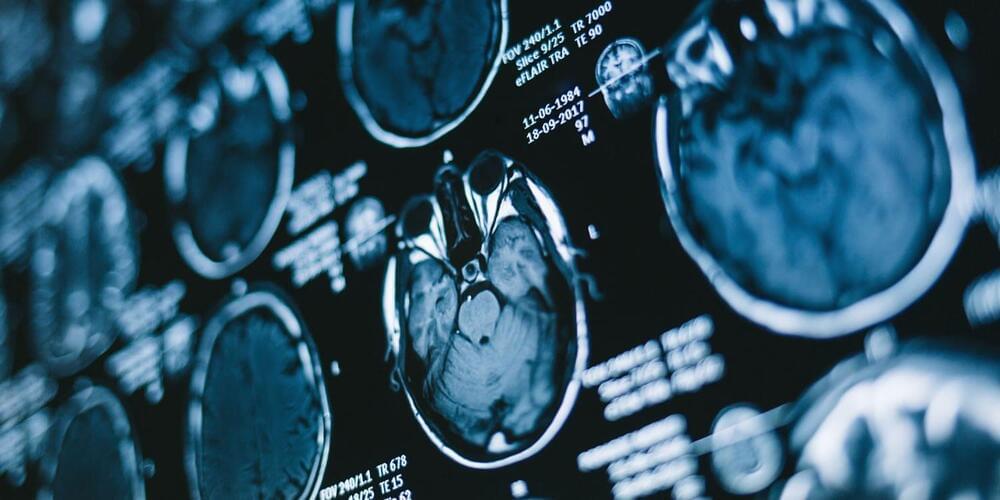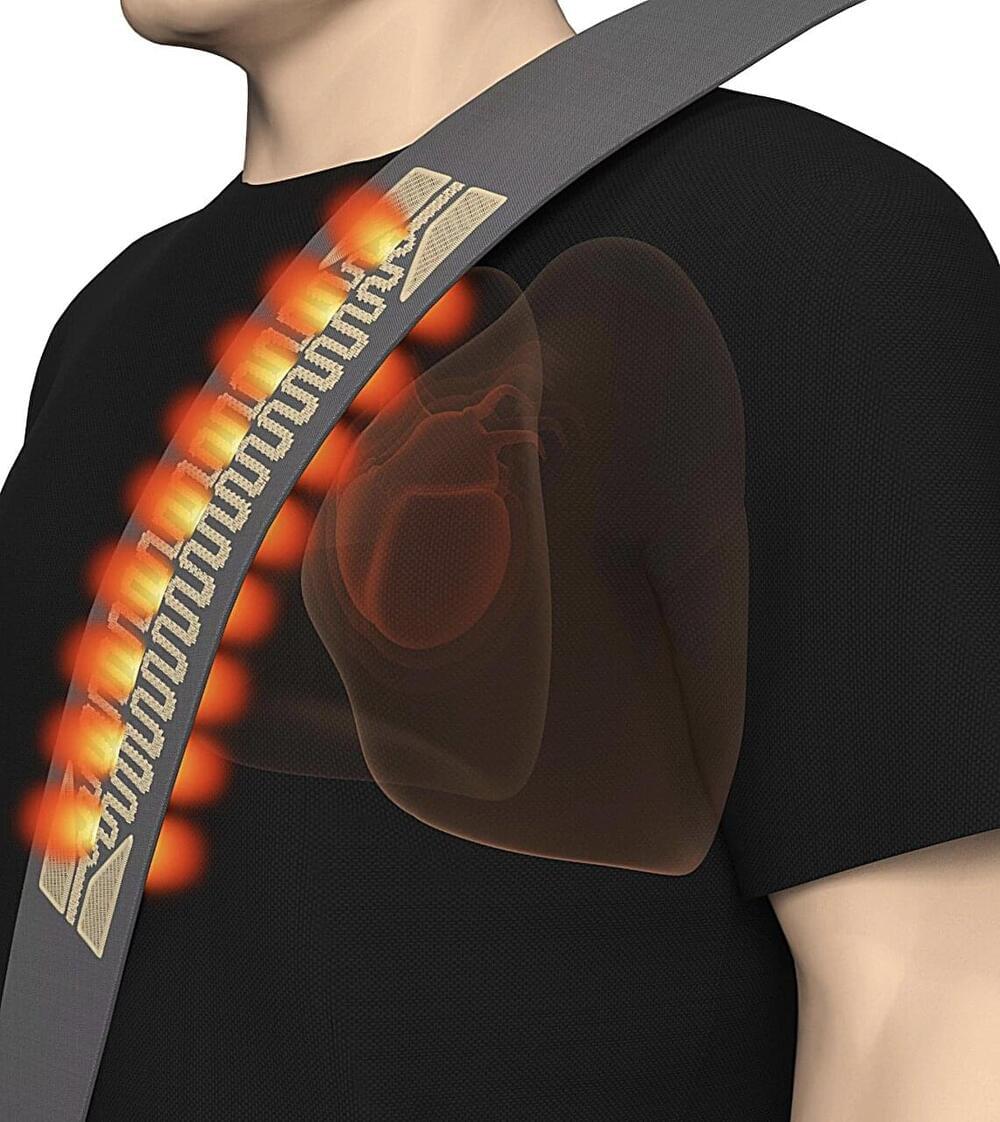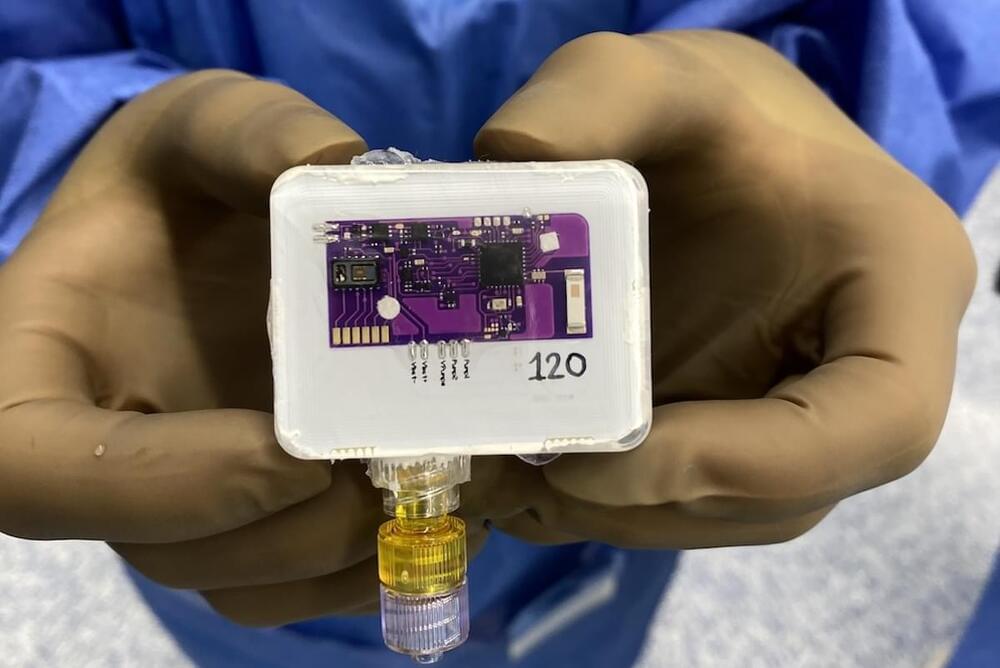A combination of ultrahigh-dose rate electron and conventional photon radiotherapy could enable FLASH treatments of deep-seated tumours.



Elon Musk has predicted that AI will surpass doctors and lawyers after a study revealed OpenAI’s ChatGPT-4 outperformed medical professionals in diagnosing illnesses.
What Happened: A study reported by The New York Times revealed that AI achieved a 90% accuracy rate, compared to 76% for doctors using ChatGPT as a tool and 74% for doctors relying on traditional resources.
Following the publication of the report, Bindu Reddy, CEO of Abacus. AI, stated that an AI doctor with access to all lab reports would be able to diagnose problems and suggest remedies better than most human doctors.

A series of studies on humans and mice examined sex differences in reactions to anesthetics, revealing that female brains are more resistant to the hypnotic effects of these drugs. Testosterone administration increased sensitivity to anesthetics in mice, while castration enhanced anesthetic resistance. In humans, females regained consciousness and recovered cognitive function faster than males after identical exposure to anesthetics. The study was published in Neuroscience.
General anesthetics are drugs that induce a reversible loss of consciousness, primarily used during surgical procedures to block pain and prevent awareness. They are essential in medicine because they enable complex surgeries that would otherwise be intolerable due to pain, allowing patients to undergo invasive procedures safely and comfortably.
The history of general anesthesia dates back to the 19th century, with the first successful public demonstration by Dr. William Morton in 1846. Before anesthetics, surgery was excruciating and dangerous, often performed only in dire cases due to the severe pain and risks. Over time, safer and more effective agents, such as chloroform and eventually modern inhaled and intravenous anesthetics, were developed. Today, general anesthesia is administered by specialized professionals called anesthesiologists, who monitor and adjust the dosage to ensure patient safety.
Brain-Computer Interfaces fascinate the sci-fi and medical communities in equal measure. Here’s how close the transformative technology is to everyday use.

Researchers at Tampere University have developed the world’s first soft touchpad that can sense the force, area and location of contact without electricity. The device utilises pneumatic channels, enabling its use in environments such as MRI machines and other conditions that are unsuitable for electronic devices. Soft devices like soft robots and rehabilitation aids could also benefit from this new technology.
Researchers at Tampere University have developed the world’s first soft touchpad that is able to sense the force, area and location of contact without electricity.
That has traditionally required electronic sensors, but the newly developed touchpad does not need electricity as it uses pneumatic channels embedded in the device for detection.

Over the past decades, electronics and biomedical engineers have developed increasingly sophisticated biosensors, devices that can pick up biological signals from human users. These sensors, which are generally embedded in wearable or implantable technologies, often do not perform as well in settings where users are moving a lot, such as within a vehicle.
Researchers at the National University of Singapore and Tsinghua University have recently developed a new sensor that can pick up and track biological signals, such as the heartbeat and respiration, without being in contact with the body of users. This sensor, presented in a paper published in Nature Electronics, could be used to pick up the cardiopulmonary signals of humans while they are in dynamic and closed environments, such as a plane cabin, a moving car or a bus.
“Monitoring drivers’ alertness or stress is essential for road safety,” Xi Tian, co-author of the paper, told Tech Xplore. “Existing sensors designed to measure physiological markers of fatigue, such as heart rate and respiration, face challenges in moving vehicles due to the unpredictable vibrational noise. To overcome these challenges, our research focused on developing an automotive biosensor capable of non-contact and reliable health monitoring in dynamic environments.”

As efficient as electronic data storage systems can be, they’ve got nothing on nature’s own version – DNA. A new technique for writing data to DNA works like a printing press and makes it easy enough that anyone could do it.
Writing data to DNA usually involves synthesizing strands one letter at a time, like threading beads onto a string. That’s obviously a very slow process, especially when there can be billions of those letters, or bases, in a given DNA sequence.
But the new DNA printing press drastically speeds the process up. The team created a set of 700 DNA bricks, each containing 24 bases, that work like movable type pieces. These can be arranged into a desired order and then used to ‘print’ their data onto DNA template strands.


Lung cancer is among the leading causes of cancer-related deaths globally, and one of its most prevalent and distressing symptoms is a persistent cough. It’s a startling reality that lung cancer can remain asymptomatic for far too long, with a cough being one of the first indications of its presence.
Among the myriad of symptoms attributed to lung cancer, coughing bears a significance difficult to understate. Here, we outline the basic features of a cough caused by lung cancer.

A team of scientists led by Northwestern Medicine investigators has created an implant capable of reversing an opioid overdose, according to findings published in Science Advances.
More than 100,000 people died from an opioid overdose in 2022, according to data collected by the Centers for Disease Control and Prevention. Synthetic opioid drugs including fentanyl have accelerated the rise in overdose deaths in the U.S. and are responsible for roughly 70 percent of all overdose deaths.
Although naloxone, sold as an over-the-counter nasal spray or injectable, can reverse an overdose, administering the medication requires a knowledgeable bystander, limiting its lifesaving potential.